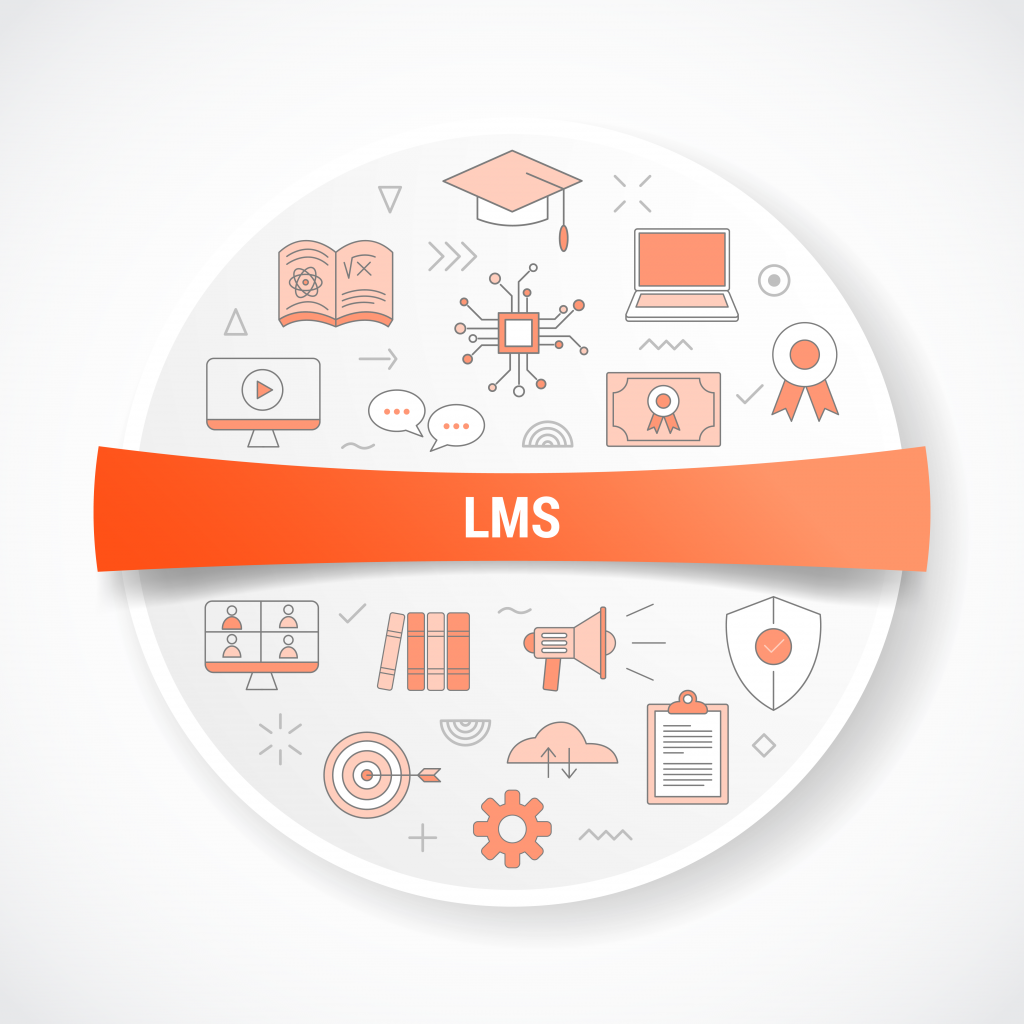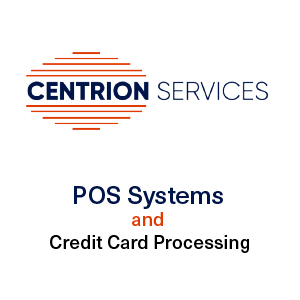In the past, learning was restricted to classrooms and homework. But times have changed tremendously since.
Now, e-learning has become the new normal, and for good reasons. However, there is still room for improvement, especially when it comes to the gap in non-personal interaction during student engagement.
Fortunately, there are techniques to bridge this gap and enhance e-learning interactivity. And that’s what we’ll discuss in this article to transform the e-learning experience for students and learners alike. So, let’s begin!
Using Multimedia Content
It refers to using various media elements, such as videos, audio, animations, and infographics, to engage learners actively. Unlike classroom study, it allows students to participate and interact with the study materials. As a result, the learning experience becomes more dynamic and engaging.
Let’s take an example to better understand this:
Imagine a biology e-learning course that covers the topic of the human circulatory system. Instead of presenting a long text-based explanation, the course includes interactive animation showing blood flow through the heart and blood vessels.
In such a scenario, students can pause, rewind, or replay the video as needed to better understand the complex process. After the end of the video, there’s a quiz where they can drag and drop labels to identify different components of the circulatory system. It will ensure that they not only understand the subject and remember it as well.

Creating E-Learning Software
E-learning software allows students and learners to access educational materials and courses anytime and anywhere with an internet connection. That means they can study at their own pace and watch their progress.
But of course, developing software is no walk in the park. That’s why it’s suggested to collaborate with software outsourcing companies with expertise in designing, coding, and testing the software. It ensures the software functions smoothly and is user-friendly while saving time and resources.
Nevertheless, make sure to be clear about the idea and discuss the same with the outsourcing company at every step. It will ensure that the software offers a seamless and interactive learning experience.
Leveraging Gamification Elements
Gamification is a proven way to bring an element of fun and competition to the learning process. It includes using elements like points, badges, leaderboards, and challenges to encourage active participation while ensuring learning.
But that’s not all! Thanks to the points and badges one earns from completing tasks, they get a sense of accomplishment and progress. Similarly, leaderboards create healthy competition among learners, motivating them to strive for improvement.
Not to mention, overcoming challenges boost critical thinking skills, increasing learners’ motivation and commitment to the course. In essence, it transforms the educational journey into a more interactive leading to better retention and understanding of the content.
However, it’s crucial to strike a balance between gamification elements and learning objectives to avoid overshadowing them.
To Sum It All Up
As the world embraces e-learning, it is crucial to continually explore and implement innovative ways to improve learner engagement. That way, educators can unlock the full potential of e-learning and provide students and learners with a more enriching and fulfilling educational experience. Eventually preparing them for a successful future in the digital age.
Author Bio: Erika Cruz is a content writer at Outreach Monks, a leading marketing agency known for its innovative digital solutions. With her expertise in crafting compelling copy and engaging content, Erika helps clients build their brands and connect with their target audience.






















